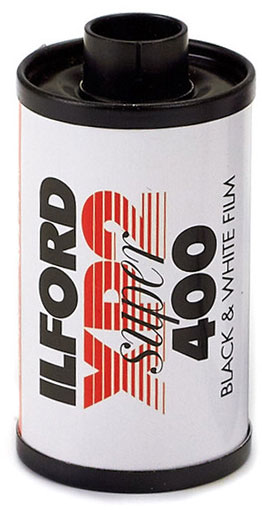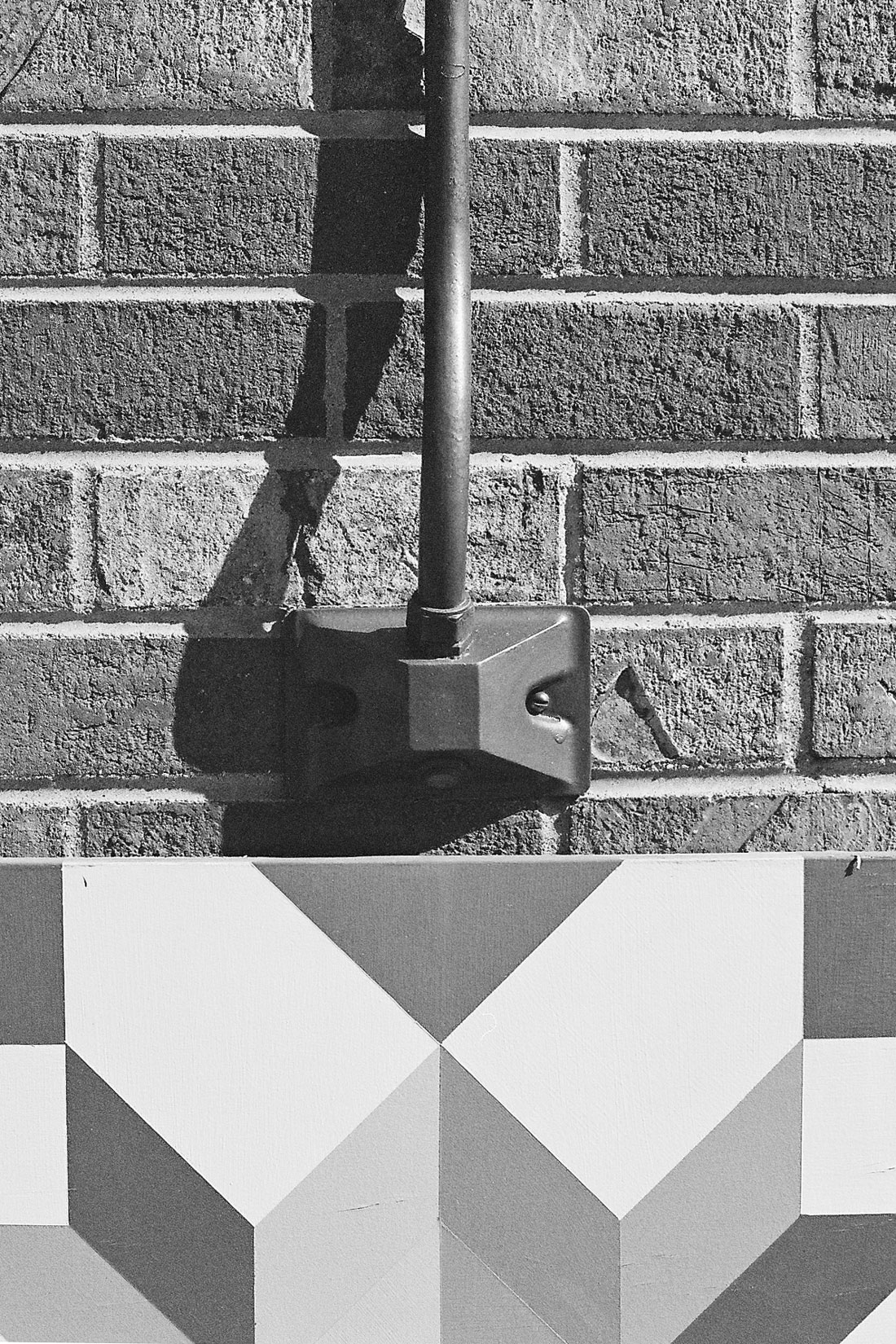Today’s Post by Joe Farace
Chromogenic: involving the production of color or pigments. Chromogenic substrates are peptides that react with proteolytic enzymes under the formation of color. They are made synthetically and are designed to possess a selectivity similar to that of the natural substrate for the enzyme.
In Photography: (1) denoting a modern process of film developing that uses couplers to produce black-and-white or color images of very high definition. (2) denoting any of a number of developing processes similar to the chromogenic process.
 Why should you care about what Chromogenic means? And what has it to do with film photography” It all goes back to film processing…
Why should you care about what Chromogenic means? And what has it to do with film photography” It all goes back to film processing…
There’s an old joke from the halcyon days of the photo lab business that goes like this: speed, quality, price…Choose any two. Since September 2021, my recent film photography experience has been limited to using two photo two labs: The Darkroom located in San Clemente, California and Mike’s Camera in Lone Tree, Colorado. As far as processing speed is concerned it’s a toss up when choosing between the two labs. Even having to mail my film to California, The Darkroom typically has my scanned color or black and white film images available within seven calendar days. The actual negatives are shipped to me a few days after that. It takes Mike’s Camera two weeks to process black and white film but color negative film is usually ready in three-to-four days, although my last roll took them eight days for some reason. One way I’ve hedged my turnaround of black and white film with Mike’s and get it processed faster is by shooting Ilford’s XP2 Super. You see…
 XP2 Super is a high-speed chromogenic black and white negative film that can be processed in standard C-41 chemistry. The film has a nominal sensitivity of ISO 400 but can be under- or overexposed in order to adjust contrast as well as to balance grain and sharpness. My experience is that you’ll get a good compromise between fine grain and sharpness by shooting at ISO 400, which is how today’s featured image was made. The film’s exposure latitude also lets you control highlight and shadow values as well as mid tones. If you like to make traditional silver-based prints, XP2 Super can be printed with traditional black and white papers using Multigrade contrast filters, as well as on RA-4 color paper.
XP2 Super is a high-speed chromogenic black and white negative film that can be processed in standard C-41 chemistry. The film has a nominal sensitivity of ISO 400 but can be under- or overexposed in order to adjust contrast as well as to balance grain and sharpness. My experience is that you’ll get a good compromise between fine grain and sharpness by shooting at ISO 400, which is how today’s featured image was made. The film’s exposure latitude also lets you control highlight and shadow values as well as mid tones. If you like to make traditional silver-based prints, XP2 Super can be printed with traditional black and white papers using Multigrade contrast filters, as well as on RA-4 color paper.
How I Made this Photo: I shot this close-up detail along Mainsteet in Parker, Colorado and I think it shows the sharpness of Ilford’s XP2 Super as well as the Yashica 50mm f/2.0 lens (at f/8) that was used. The camera was my Contax 167MT that was set in Av mode. Film was processed and scanned at Mike’s Camera in Lone Tree, Colorado
Right now, I am struggling to make a video comparing the “speed, quality, price” aspects of processing Fujifilm Neopan 400 Professional that was processed and scanned by both The Darkroom and Mikes Camera. If I can solve some of my video-related technical problems, it’ll be appear on my YouTube channel Joe Farace’s Videos, otherwise I’ll make it into a Film Friday blog post.
PS: Just a reminder: My video Why Film, Why Now is live now on my YouTube channel, Joe Farace’s Videos, featuring a look at my reasons and philosophy for why I’m currently a film photographer. Also my Podcast #5 is now available as well.
If you would like to send me some 35mm film or any other film photography gear to review or write about on the blog or in one of my YouTube videos, please mail it to: Joe Farace, PO BOX 2081, PARKER, CO 80134